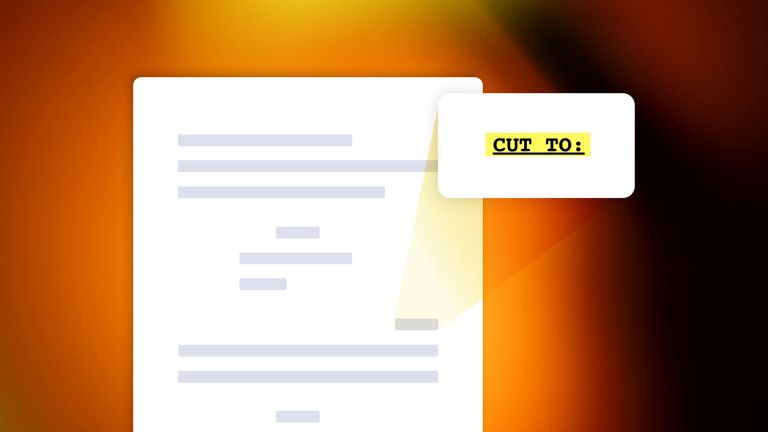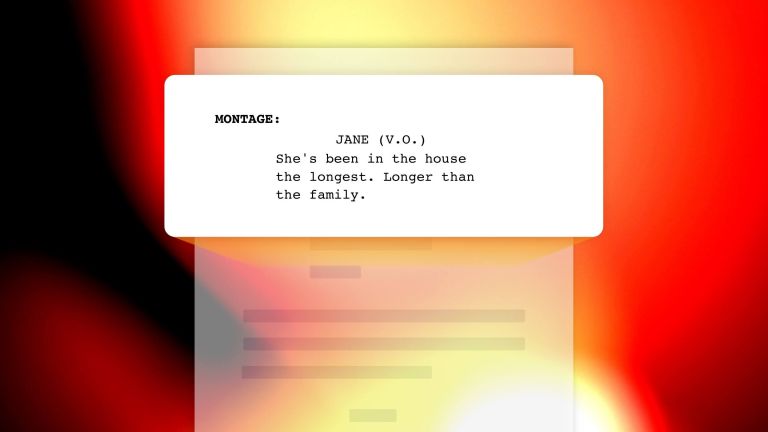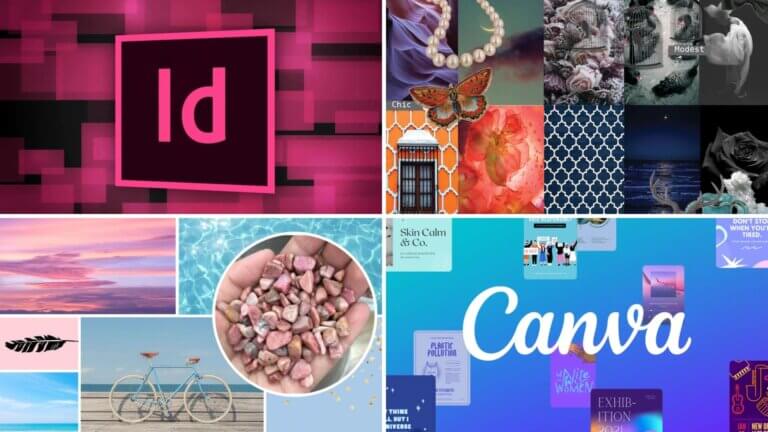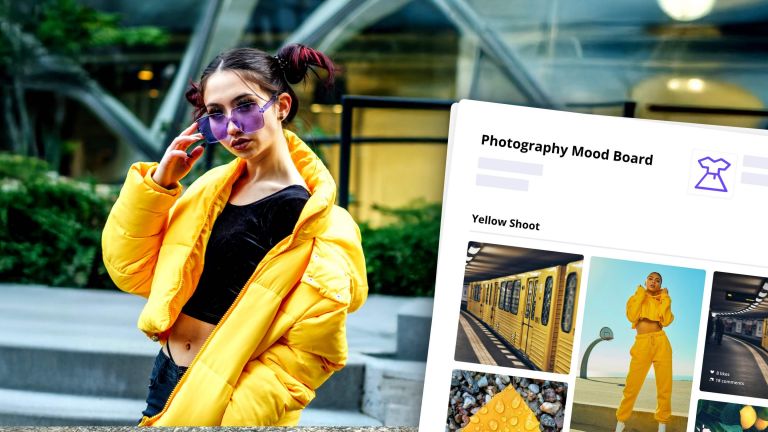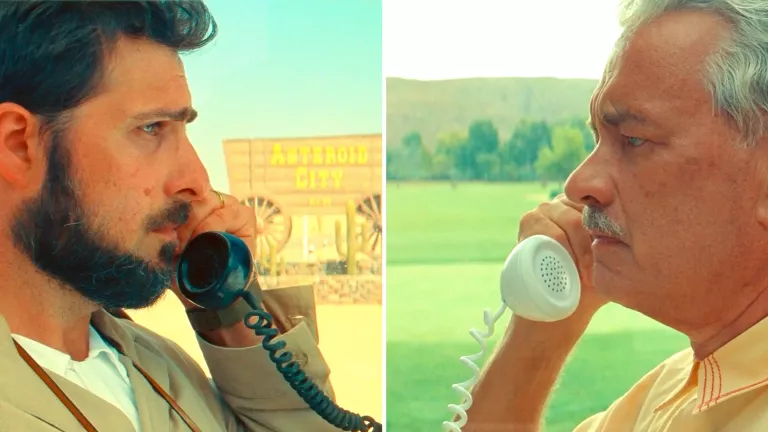Screenplay transitions in cinema have been used ever since filmmakers had the ability to edit. At first, what was a simple cue to an editor of when to cut to another shot or scene has become another tool for a filmmaker to creatively tell a story. Fades, wipes, and match cuts are a few examples of how the transition has evolved to more creative uses. It is important for any screenwriter to understand the format and use of transitions in a screenplay to make them a more well-rounded writer. Let’s dive into how to write transitions in a script and…
Montages can be an incredibly useful filmmaking tool if utilized correctly. They can condense time, intertwine storylines, and be used for comedic or dramatic effect. Some montages are completely visual with no dialogue. Others may utilize voiceover from a narrator or dialogue for the film’s narrative. If your montage is the latter, stick around to find out how to write in screenplay format voice-over montages that will elevate your script.Continue reading How to Write a Voice Over Montage in Screenplay Format
If you're creative, chances are you have heard of “mood boards” and the many ways they can help inspire your next project. They’re great for helping break through creative blocks, getting a better understanding of the style you are trying to achieve, and providing inspiration for new ideas. But what goes into making an aesthetic moodboard, and how can you make your own? Let’s dive in.Continue reading How to Make an Aesthetic Mood Board — Idea, Visuals & Set Up
Do you ever get to a certain point in your creative process as a graphic designer and just feel...stuck? If so, then creating a graphic design mood board may be the answer. Mood boards are an invaluable tool for any graphic designer, allowing us to visually organize our ideas, harness inspiration, and craft projects that truly reflect our intent. Plus the process of creating one can be incredibly fun. In this post we'll show you how to make a graphic design mood board that will help spark creativity as well as guide it in the right direction for whatever…
Creating a fashion design mood board is an important step in the design process. It helps designers to visualize their ideas and plan out the key elements of their collection. From color palettes and textures to shapes, outfits, and pieces, it’s important to have all of these elements represented on a fashion moodboard. In this blog post, we will explore the different components of a fashion mood board and provide some tips for creating one. Continue reading How to Make a Fashion Mood Board — A Guide for Designers
Crafting your brand can feel like a daunting task. After all, how do you convey the essence of who you are and what your business stands for in just one look? The answer is simple: create a mood board. A mood board is a visual representation of your brand’s identity, including elements such as colors, fonts, and images that accurately reflect your company’s personality. Here’s how to make a brand mood board that aligns with your brand’s voice. Continue reading How to Make a Brand Mood Board — Examples and Techniques
Creating a digital mood board is a great way to visualize ideas and stay organized. A mood board helps you collect all types of visual inspiration in one place, from screenshots to videos and photos, so that you can compare different art styles and make better decisions. With the right resources, it's easy to assemble the perfect digital mood board for any project whether it be film, photography, fashion, interior design, video games or graphic design. Let’s learn how to make a digital mood boardContinue reading How to Make a Digital Mood Board — Tips & Software Options
Are you a photographer looking to create the perfect mood board for your next project? Mood boards are an essential part of any photography shoot, as they help give your project a clear vision and aesthetic. Creating an eye-catching mood board can be challenging, but with the right approach and resources, it can be easy to make something that looks great. In this blog post, we'll provide you with an in-depth guide to creating the perfect photography mood board. We'll discuss what goes into making one, tips for creating the best designs, and resources for finding inspiring imagery and ideas. Continue reading…
A wedding should be one of the most memorable days of a couple’s life. Capturing meaningful wedding photos from this most memorable day is the responsibility of a wedding photographer. To make sure no memory is missed, building a wedding photography shot list is essential. Let’s take a look at how to create a wedding photographer's shot list, from essential wedding party photos to once-in-a-lifetime ceremony moments. Continue reading Wedding Photography Shot List — A Complete How-To Guide
Phone calls can be an essential component to a film’s narrative and the driving force behind a scene. They can be an opportunity for suspense, humor, and conflict. It is important to understand how to write a telephone conversation in a screenplay in the common case that your story calls for one (no pun intended). Although formatting can often be confusing, we’ve broken it down so that you can implement a proper screenplay format phone call into your next script.Continue reading How to Write a Telephone Conversation in a Screenplay
